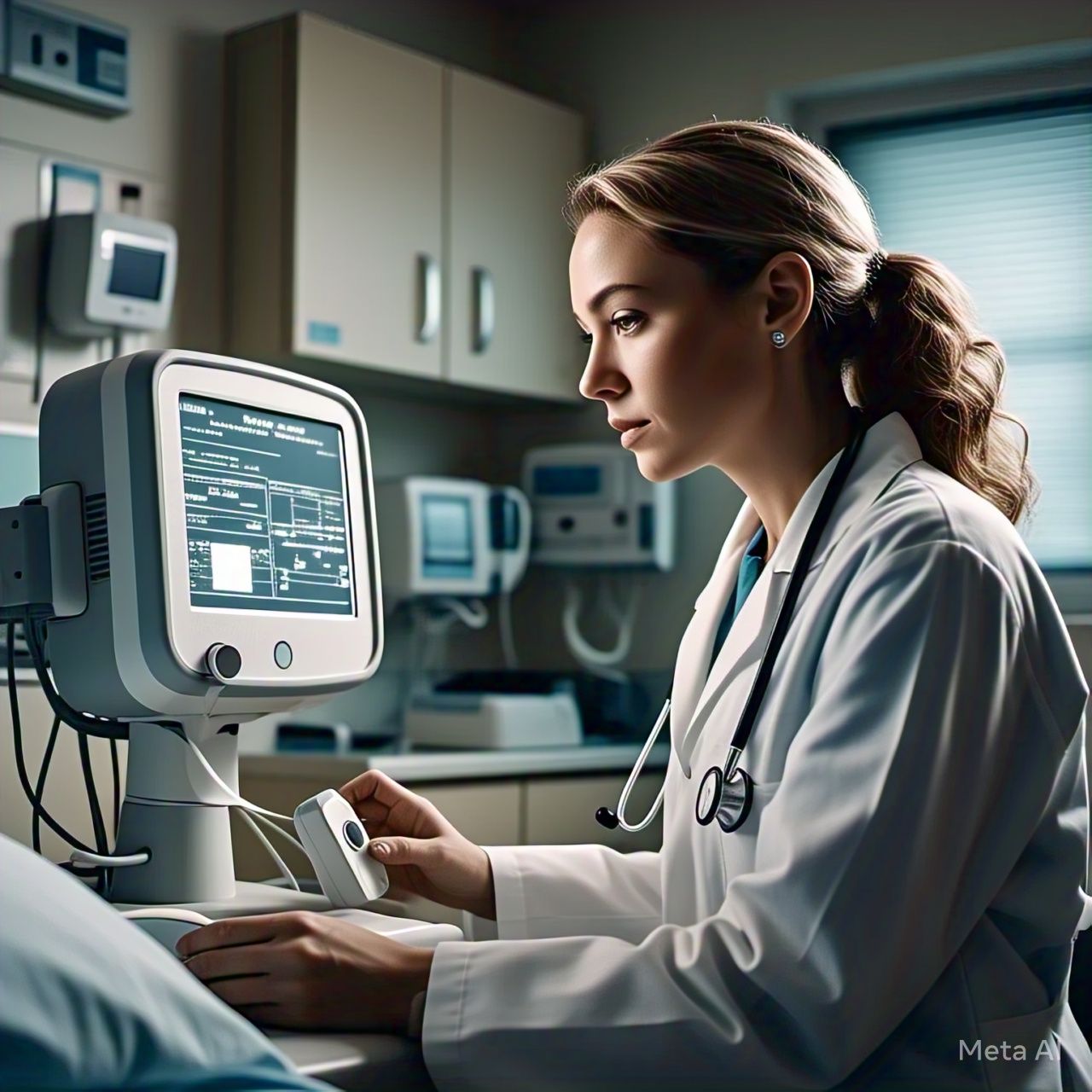Table of Contents
- Introduction
- Understanding Medical Errors: The Need for AI
- How AI Helps in Reducing Medical Errors
- AI in Diagnosis and Decision Support
- Medication Error Prevention
- Enhancing Surgical Precision
- Reducing Diagnostic Errors
- AI in Patient Monitoring and Safety
- AI-Powered Drug Interactions and Prescription Management
- The Role of AI in Reducing Hospital-Acquired Infections
- Challenges and Ethical Considerations
- Future of AI in Medical Error Prevention
- Conclusion
- FAQs
Introduction
Medical errors are a leading cause of preventable deaths and complications in healthcare. According to a study by Johns Hopkins University, medical errors are responsible for over 250,000 deaths in the United States each year, making them the third leading cause of death. Artificial Intelligence (AI) is now playing a crucial role in preventing such errors and enhancing patient safety.
From reducing misdiagnoses to enhancing surgical precision and improving medication management, AI-driven systems are reshaping modern healthcare. This article explores the impact of AI in reducing medical errors, its role in patient monitoring, and the challenges associated with its implementation.
Understanding Medical Errors: The Need for AI
What are Medical Errors?
Medical errors refer to preventable adverse effects of medical care that may result in harm to patients. These errors can occur in diagnosis, treatment, aftercare, or other health-related processes.
| Types of Medical Errors | Description |
|---|---|
| Medication Errors | Incorrect prescription, dosage, or administration of medication. |
| Surgical Errors | Mistakes during surgery, such as wrong-site surgery or leaving instruments inside the patient. |
| Diagnostic Errors | Misdiagnosis, delayed diagnosis, or failure to diagnose a condition. |
| Communication Errors | Miscommunication between healthcare providers leading to incorrect treatment. |
| Infections | Hospital-acquired infections due to poor sanitation or procedural mistakes. |
The Need for AI in Healthcare
Given the complexity of medical diagnoses and treatments, errors are inevitable. AI technologies provide a data-driven, automated, and highly precise approach to reducing these mistakes and ensuring patient safety.
How AI Helps in Reducing Medical Errors
AI is transforming healthcare by minimizing human errors and optimizing patient outcomes. Below are some of the key areas where AI is making a difference:
1. Reducing Diagnostic Errors
- AI-powered imaging tools analyze X-rays, MRIs, and CT scans with high accuracy, helping radiologists detect anomalies like tumors, fractures, and internal injuries faster than traditional methods.
- Machine learning algorithms detect rare diseases that might be overlooked by human radiologists.
- AI improves the accuracy of cancer detection in mammograms, reducing the chance of misdiagnosis.
| AI Tool | Application in Diagnostics |
| IBM Watson Health | Identifies complex patterns in medical images for faster diagnosis. |
| CheXNet | Detects pneumonia and other lung diseases in chest X-rays with high accuracy. |
| DeepMind’s AI | Identifies eye diseases from retina scans with a high success rate. |
AI in Enhancing Surgical Precision
- Robot-assisted surgery: AI-driven surgical robots like the da Vinci Surgical System help surgeons perform precise, minimally invasive procedures with increased accuracy.
- Real-time imaging and navigation: AI enables surgeons to visualize patient anatomy in real-time, reducing the risk of errors.
- Predictive analytics: AI can identify high-risk patients and predict potential surgical complications before they arise.
- Post-surgical monitoring: AI monitors patient recovery to detect signs of complications early.
2. AI for Medication Error Prevention
- AI helps prevent prescription errors by cross-referencing medications with patient history and allergies.
- AI alerts doctors and pharmacists about potential drug interactions or incorrect dosages.
- Chatbots assist patients with medication adherence and reminders.
AI in Patient Monitoring and Safety
AI plays a crucial role in real-time patient monitoring, helping healthcare professionals track vital signs and predict potential complications before they become critical.
Real-Time Patient Monitoring
- AI analyzes data from wearable devices and hospital monitors to detect warning signs.
- Systems like IBM Watson Health and Biofourmis predict deteriorating conditions and alert doctors.
Preventing Sepsis and Infections
- AI detects early signs of sepsis through continuous monitoring of vital signs.
- Machine learning algorithms predict hospital-acquired infections, allowing early intervention.
AI-Powered Drug and Prescription Management
Medication errors account for thousands of deaths each year. AI-driven prescription management systems ensure safer medication use through:
- AI-Powered Drug Interaction Alerts: AI warns about potential drug interactions and adverse effects.
- Personalized Prescriptions: AI tailors medications based on individual patient genetics and history.
- Automated Dispensing: Robotic dispensers prevent human errors in administering the wrong medication or dosage.
- E-Prescription Systems: Reduce handwritten errors and misinterpretation of prescriptions by digitizing the process.
| AI Solution | Function |
| IBM Watson Health | Analyzes patient data to detect potential health risks. |
| MedAware | Uses AI to prevent prescription errors. |
| Cloud-based AI | Helps in real-time detection of adverse drug reactions. |
| e-Prescription Tools | Automates and verifies medication orders to reduce mistakes. |
Challenges and Ethical Considerations in AI-Powered Medical Safety
While AI offers incredible potential in reducing medical errors, several challenges must be addressed:
- Data Privacy Concerns – Ensuring patient data protection in compliance with HIPAA and GDPR.
- Over-Reliance on AI – Overdependence on AI could lead to de-skilling of healthcare professionals.
- Bias in AI Algorithms – Bias in training datasets could lead to misdiagnosis in underrepresented populations.
- Regulatory and Legal Hurdles – AI-driven diagnostics need strict regulations to ensure reliability and accountability.
Future of AI in Medical Error Prevention
The future of AI in healthcare includes:
- Fully autonomous AI diagnosis and treatment plans.
- Real-time patient monitoring with AI wearables.
- Enhanced predictive analytics to prevent diseases before they develop.
- AI-driven drug development to personalize treatments




